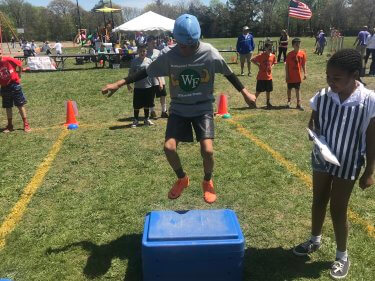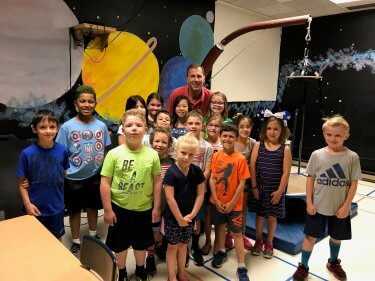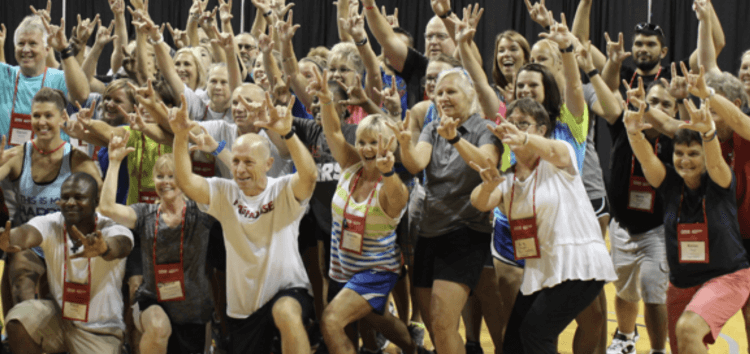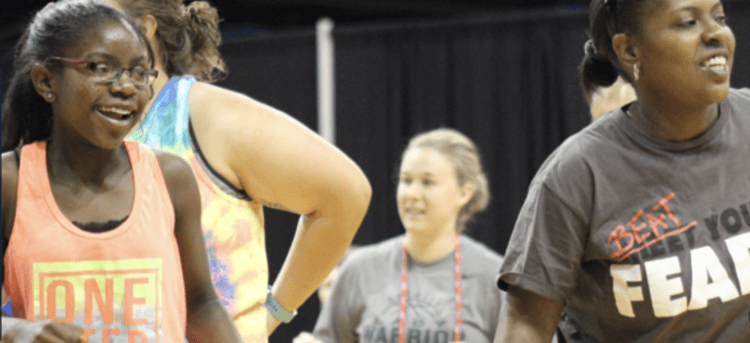One of my most treasured moments in high school was when I competed in the Presidential Fitness Competition as a Bayside High School senior in Queens, NY. At the time, the top two female and male students in each school in the borough were invited to attend a fitness competition held at Flushing High School. There we would compete against the representatives of the other public schools, in events such as the 1- minute sit-up test, the 1 min. push-up test, shuttle runs, 400-meter runs, and the flexed arm hang.

I will always look back on the event with fondness because it was more of a celebration of fitness than a competition. It was an opportunity to come together with students from different socio-economic backgrounds who were all equally as passionate about fitness as I was. I even remember meeting a girl from a neighboring school and bonding with her over our ability and passion for pull-ups. (As you can imagine, that is not something many could bond over at that age). There are many things from that event that I enjoyed, from being able to share it with my twin sister Loretta (who competed for Martin Van Buren High School), to missing a day of school to attend the competition and spending the whole day with one of my favorite coaches, Steve Piorkowski. I look back on those memories now with great fondness and clarity.
Shortly after hearing about the passing of coach Piorkowski, (or Mr. P., as he was known to us), I attended a monthly Suffolk Zone Executive Board meeting. It was December 2016, and as we discussed different incentives, workshops, and programs we hoped to offer our community, one of our members proposed an idea to have a fitness competition among our schools. Jim Wright, Supervisor of Health, PE, Athletics, and Recreation at South Huntington UFSD, Past-President of Suffolk Zone, a member of the NYS AHPERD Board of Directors (not to mention my mentor and friend), suggested that the competition be offered at no cost to all our members. When I heard Jim’s idea, I knew this project was meant for me. It felt like a sign from above. It would be a fantastic opportunity to honor Mr. P., and a way to share some of my most cherished memories and passions with my own students. It would be now as it was then, a great way to continue to celebrate fitness.






